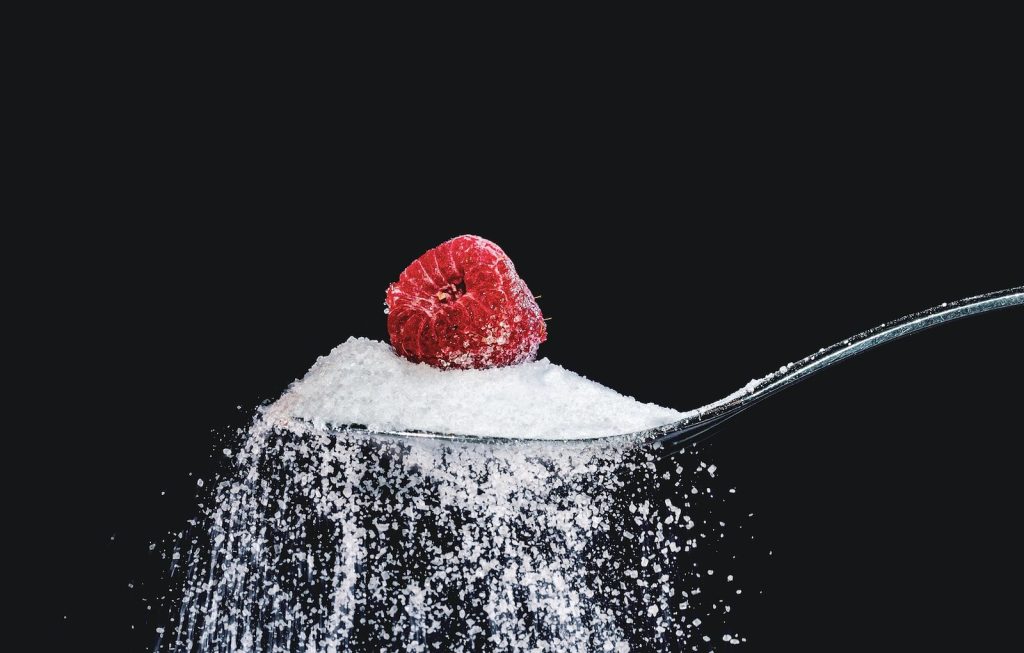Howdy, fellow coffee enthusiasts! I’m Lisa Brewster, your trusty guide to all things coffee, and today we’re delving into the intricate science behind coffee extraction. At Coffecraftcue, we’ve been on a flavorful journey for the past four years, exploring the world of coffee one cup at a time. Today, we’re going to unravel the mysteries of what goes on behind the scenes when you’re brewing your morning pick-me-up.
Grab your favorite coffee mug, settle in, and let’s embark on a caffeine-fueled adventure into the delightful realm of coffee extraction.
The Essence of Coffee Extraction
So, what exactly is coffee extraction, and why is it so darn important? Well, folks, coffee extraction is the magical process where we transform those humble coffee beans into the liquid ambrosia that jump-starts our day. It’s the art of dissolving the soluble compounds within the coffee grounds, coaxing out flavors, aromas, and, of course, that delightful caffeine kick.
Here’s the basic rundown: when hot water meets coffee grounds, it initiates a complex chemical dance. The water penetrates the grounds, dissolving soluble compounds and carrying them into your cup. But, like any good dance, the timing, temperature, and technique matter greatly.
Grounds for Success: Particle Size Matters
Let’s start with the coffee grounds. The size of your grind can make or break your cup of joe. Imagine you’re throwing a party, and you’ve invited all your favorite coffee compounds – acids, sugars, and oils. These compounds are tucked away inside the coffee bean, and you need to make sure they all show up on the dance floor.
Grind size plays a significant role. Think of it this way: if your coffee grounds are too coarse, the water might not extract enough flavor, leaving you with a weak brew. On the flip side, if your grounds are too fine, you might end up with a bitter, over-extracted mess. It’s all about balance, my friends.

Temperature: Not Too Hot, Not Too Cold
Coffee extraction is a bit like Goldilocks searching for the perfect bowl of porridge – the water temperature needs to be just right. For most methods, the sweet spot is around 195 to 205 degrees Fahrenheit (90-96 degrees Celsius). Anything hotter can over-extract the coffee, while cooler water won’t do the job properly. So, be sure to give your water a little cooldown before the brewing commences.
Time to Brew or Not to Brew
Timing is everything, whether you’re catching the bus or brewing a cup of coffee. The amount of time your coffee grounds spend with hot water can make or break the extraction process. Different brewing methods require different time frames. For instance, a quick espresso shot takes about 25-30 seconds, while a French press needs a more leisurely 4-5 minutes.
Consider it like steeping tea – the longer you let it brew, the stronger and bolder the flavors become. But, be warned, exceeding the sweet spot can lead to bitterness.
The Variables: Pressure and Agitation
For you espresso aficionados out there, the pressure is your best friend. Espresso machines push hot water through finely ground coffee at high pressure, resulting in a concentrated, full-bodied shot. This method is the coffee equivalent of a power-packed punch!
On the other hand, if you’re a fan of pour-over or French press, you need to channel your inner Zen master. No pressure required here – just a gentle pour and a touch of patience. Agitation, in this case, comes in the form of stirring your coffee to ensure all the grounds are evenly saturated. The grounds need to mingle with the water without any roughhousing.
The Dance of Solubles
As the water interacts with the coffee grounds, it’s like a choreographed dance where compounds such as acids, sugars, and oils leap from the coffee into your cup. These compounds are responsible for the flavor, aroma, and mouthfeel of your coffee.
Acids:
These provide the brightness and liveliness in your coffee. Think of them as the lead dancers on the stage, setting the tone for the entire performance.
Sugars:
The sweetness in coffee comes from sugars. They’re like the supporting dancers, enhancing the flavor profile without stealing the spotlight.

Oils:
Oils contribute to the body and mouthfeel of your coffee. They’re the backup dancers, providing texture and depth to the brew.
Getting the right balance of these solubles is where the artistry of coffee extraction truly shines.
The Art of Crema and Bloom
For the espresso lovers, the elusive crema is the pièce de résistance. It’s that creamy, caramel-colored layer that crowns your espresso shot. The secret behind crema is a combination of the right grind, proper tamping, and, of course, that essential high-pressure extraction.
For other methods like pour-over, there’s the mesmerizing “bloom.” This is when the coffee grounds puff up and release gas when hot water is added. It’s like watching a flower unfurl. This initial bloom is essential in making sure all the grounds are saturated evenly.
A World of Flavors and Brew Methods
Coffee extraction is a versatile art, with various methods yielding different flavors and aromas. Here’s a quick glimpse of a few:
Espresso:
The short and intense shot known for its rich, full-bodied flavor.
Drip Coffee:
A slow and steady extraction, creating a well-rounded and balanced cup.
Aeropress:
This method offers a wide spectrum of possibilities, from rich and bold to light and fruity, depending on your preferences.
Cold Brew:
A lengthy extraction process done with cold water, resulting in a smooth, less acidic brew.
Pour-Over:
This method allows you to control the variables for a clean and bright cup.
French Press:
Produces a rich and heavy-bodied coffee, with a hint of sediment for texture.
Each method brings its unique personality to your cup, offering a delightful range of flavors to explore.
Water Quality: The Unsung Hero
We’ve talked a lot about coffee and its extraction, but let’s not forget about the unsung hero – water! The quality of water used in brewing is paramount. If your tap water tastes like a swimming pool, you’ll end up with a coffee that tastes just as bad. So, make sure you’re using filtered water for the best results.
The Importance of Ratios
Creating the perfect cup of coffee often comes down to ratios. The amount of coffee to water can make or break your brew. It’s like a chef trying to find the perfect balance of ingredients in a recipe. Generally, a standard ratio is around 1 to 2 tablespoons of coffee per 6 ounces of water. However, feel free to experiment to suit your personal taste.
The Tasting Experiment
No journey into coffee extraction would be complete without a tasting experiment. Next time you brew a cup, pay attention to the flavors and characteristics. Is it sour? Bitter? Sweet? Light or full-bodied? Adjust your grind size, water temperature, and brew time accordingly to fine-tune your perfect cup.
Remember, there’s no one-size-fits-all
Olivia Sinclair is the creative mind behind the “Coffee Machines and Other Things Affiliate” blog. With a passion for all things coffee-related and a keen interest in the world of affiliate marketing, Olivia has managed to blend her two passions into a successful online venture. Born and raised in Seattle, the heart of coffee culture, Olivia’s love for coffee started at an early age. She spent her formative years exploring local coffee shops, learning the art of brewing, and appreciating the nuances of coffee beans from around the world.
After completing her Bachelor’s degree in Marketing and Communications, Olivia embarked on a career that led her into the world of affiliate marketing. She soon realized that her true calling lay in combining her marketing expertise with her love for coffee. This realization gave birth to the “Coffee Machines and Other Things Affiliate” blog, where Olivia shares her in-depth knowledge of coffee machines, brewing methods, and other related products. Her insightful reviews and well-researched recommendations have made her a trusted source for coffee enthusiasts seeking guidance on their purchases.
When she’s not busy exploring the latest coffee trends and testing new products, you can find Olivia hiking in the beautiful Pacific Northwest or honing her latte art skills. She believes in the power of a great cup of coffee to brighten anyone’s day and is dedicated to helping her readers find the perfect coffee-related products to elevate their coffee experience.
